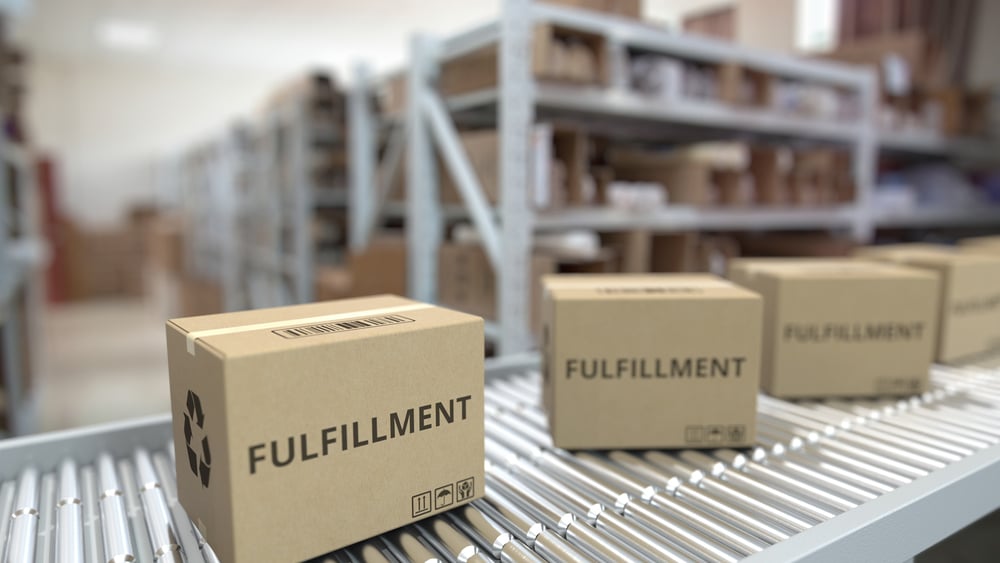The expenses for warehousing and fulfillment are increasing. More than half of e-commerce businesses have noticed a rise in fulfillment costs in the past year. To manage these expenses, it’s essential to comprehend the elements that outside providers consider while determining their prices for warehousing and fulfillment solutions. In this blog, we’ll go over some factors that go into the determining of warehousing and fulfillment costs, as well as five helpful strategies to help control the pricing of warehousing and fulfillment services.
Factors to Consider When Determining Warehousing and Fulfillment Costs
The range of warehousing and fulfillment solutions available is determined by the exact nature and complexity of the operational necessities at hand. Several factors play significant roles in determining the required amounts of space, labor, equipment, and technology. Some of these key variables include:
The Number of Facilities
When determining the cost of a warehousing and fulfillment plan, the initial factor to consider is the number of distribution centers needed. While certain companies may only require one central location, more and more companies are choosing to utilize multiple centers to reduce transit time and expenses by providing products closer to the customer. Although cost savings may be possible, it’s important to remember that each facility necessitates its own area, personnel, machinery, and technology.
Geography
The placement of distribution centers can greatly affect expenses for real estate, shipping, and staffing. Therefore, it is crucial to perform a thorough cost-benefit analysis when choosing distribution center locations, factoring in all of these variables. Certain businesses require a specific location, while others have the flexibility to seek out the most advantageous location(s) for efficient and cost-effective customer service. Generally, industrial warehouses on the East Coast are more affordable than those on the West Coast. Central locations on the periphery of major cities often offer lower costs than urban areas in high-demand metropolitan markets. Additionally, locating closer to the end customer can decrease transit time and associated expenses.
Order Profile
The pricing of warehousing and fulfillment solutions is heavily influenced by the requirements of specific sales channels. In brick-and-mortar retail operations, orders usually involve hundreds of pieces and products are transported at the pallet or case level requiring the use of forklifts and other material handling equipment. When products are housed in multiple locations such as stores or distribution centers, it may be necessary to implement a comprehensive order management system (OMS) to ensure visibility and optimize inventory. The operations involved in e-commerce can be particularly intricate. This is because orders from customers are usually for a small number of items, meaning that the picking process is more labor-intensive. Thus, processing e-commerce orders at the unit level can be more costly.
Commodity
When it comes to warehousing, the type of products you handle is a crucial factor to keep in mind. Larger furniture items, for instance, tend to occupy more space per unit, resulting in higher storage expenses. Moreover, material handling equipment might be necessary to ensure products can be moved within the warehouse without setbacks. In contrast, health and beauty products require smaller storage space and unique picking methods. As a result, more manual labor is needed for picking instead of relying on forklifts, leading to increased order costs due to additional handling.
Value-Added Needs
Frequently, businesses need supplementary services to customize their products and cater to their customers’ requirements. Some instances involve transforming palletized commodities into multiple sets, adding retail-appropriate labels, and personalizing goods with embroidery or engraving, among others. These services can streamline inventory management and improve sensitivity toward consumer demands, albeit at the cost of more rigorous labor.
5 Methods to Help Control Warehousing and Fulfillment Pricing
Experienced third-party providers of warehousing and fulfillment solutions strive to optimize cost-efficiency through a range of well-proven tactics. Here are the top five most effective strategies they use.
- Optimizing network configuration
- Co-locating a solution
- Leveraging information systems
- Improving processes
- Incorporating automation
By taking into account the number of facilities, geography, order profile, commodity, and value-added needs when calculating warehousing and fulfillment costs, businesses can save money in the long run. With an understanding of all of these factors and careful planning on behalf of experienced third-party providers, businesses can better manage their expenses related to warehousing and fulfillment solutions.
If you have any further questions about any part of the warehousing or fulfillment process, feel free to reach out to the team at Maple Mountain Co-Packers for more information. We serve a variety of industries and are always happy to help in any way we can.
